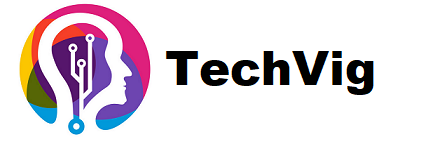It comes with a slew of responsibilities to transition to remote working. As more and more companies embrace remote working, it’s imperative to adapt. The sustainability of this remote work revolution relies on one thing – what else are you offering to keep employees engaged? How will you help them adjust? How are you going to maintain the connection with your employees? What will be your training methods?
For remote employees, you have to train them with software that works online. Technology can help you transform old methods of training and teaching for remote employees. It is impossible to provide training to your remote employees without using virtual classroom software . All remote employees can be trained in one place by using virtual classrooms. But, is there a way to ensure that they are attending the online session? All this effort is wasted if employees do not attend courses.
So, here are a few tips that will make sure remote employees are attending your sessions.
Establish a daily check-in method: Live sessions or saved video, anything your employees use should be monitored. But it can be a tedious job to check it for every employee. By using a daily check-in method, where they have to log in to the virtual classroom, companies can track employee activities when they are using the app. Similarly, you can set a specific time limit for employees to complete their tasks in a day.
Communication is key: Send an email a few days beforehand with the virtual session link. Send a message the night before the online class and remind them to check in a few minutes before to check for any technical issues. You should ensure that they have access to the class and are able to see, hear, and participate during the sessions. Take mandatory feedback after the session ends.
Establish guidelines for engagement: Harvard Business Review suggests, creating guidelines is a great way to improve overall progress. Add questions, quizzes, and other engagement options to solve correctly in order to move to the next segment of the learning. This will make sure the employees are not just watching, but are actually learning something from the app.
Live sessions: Conduct live sessions to ensure every worker is attending the training sessions. The learning process should be a combination of videos, sessions, and live interactions. By doing so, employees will feel more engaged and become more motivated to learn. Create the live sessions interactive so that employees can participate and respond. Interactive sessions will make it interesting.
Regular exams and Track learning results: Every once a week, conduct exams and tests to check what they have learned and track the progress. Employees passing the borderline should be contacted and asked the reason for not clearing exams. Similarly, log-ins and attendance should be tracked and feedback collected.
Conclusion:
As you develop your remote leadership training session, remember the mentioned tips. This will ensure your virtual classroom software works effectively for training your remote employee. The information in the article may help you improve your remote sessions.






